NourishDoc doesn’t provide medical advice, diagnosis, treatment, or prescriptions. Read our terms of use, privacy & medical disclaimer for more info
Female, age 62. Initial Visit: March 4th, 2004Chief Complaint: The patient had gradually deteriorating vision in both eyes with dark shadows appearing in the field of vision. These symptoms had affected her for two years in the right eye and one year in the left eye.History:Other than decreased visual acuity, which was worse in the left eye, there was no other significant discomfort. A hospital diagnosed senile cataract but failed to deliver appropriate treatment.Signs and Symptoms: Blurred vision in both eyes covered with dark shadows. Other symptoms included insomnia, tinnitus and dry stools. The tongue body was pink with a reduced coating. The pulse was deep and thready.Past History:Unremarkable.Physical Examination: The patient body type was thin. Her temperature, breathing, pulse rate and blood pressure were normal. Both lungs produced clear breathing sounds without rales. She had a normal heart beat and normal-sized heart border, liver and spleen, with no edema in either of the lower extremities.Ophthalmologic Examination: Visual acuity in both eyes was 0.5. There were cloudy, wedge-shaped spokes in the cortex of the lens. There was opaque refractive media in both eyes. The color and vessels of the optic nerve head were normal witha normal macula.Laboratory Examination: Normal.Pattern DifferentiationThis patient was elderly and weak, with a thin body type. Due to deficiency, the liver and kidneys failed to nourish the eyes, hence the cloudy lenses and blurred vision. Malnourishment of the clear orifices led to insomnia and tinnitus. Deficiency of yin essence resulted in a lack of moisture in the intestines, hence the dry stools. The pink tongue body with a reduced coating and deep, thin pulse were indicative of liver and kidney deficiency.The origins of this condition were deficiency of the liver and kidneys, which led to malnourishment of the lens. The root cause of this condition was deficiency with the branch symptoms manifesting as excessive.DiagnosisWM diagnosis: Age-related cataract (both eyes)TCM diagnosis: Round nebula internal obstruction (both eyes) due to liver and kidney deficiency
This case showed a root deficiency pattern with an excessive branch manifestation, where liver and kidney deficiency were the root and lens cloudiness constituted the branch. At this time, the patient’s visual acuity was still 0.5, so the condition had not affected her daily routine. Treatment therefore, should focus on the root, leaving surgery for later consideration, if necessary.
Principles: Nourish and tonify the liver and kidneys, eliminate the nebula and brighten the eyes
Formula: Qĭ Jú Dì Huáng Wán (Lycium Berry, Chrysanthemum and Rehmannia Pill)
[杞菊地黄丸]
|
枸杞子 |
gŏu qĭ zĭ |
15g |
Fructus Lycii |
|
菊花 |
jú huā |
6g |
Flos Chrysanthemi |
|
熟地黄 |
shú dì huáng |
20g |
Radix Rehmanniae Praeparata |
|
山萸肉 |
shān yú ròu |
10g |
Fructus Corni |
|
山药 |
shān yào |
10g |
Rhizoma Dioscoreae |
|
丹皮 |
dān pí |
10g |
Cortex Moutan |
|
茯苓 |
fú líng |
10g |
Poria |
|
泽泻 |
zé xiè |
10g |
Rhizoma Alismatis |
[Formula Analysis]
This formula is a modification of Liù Wèi Dì Huáng Wán (Six-Ingredient Rehmannia Pill) with gŏu qĭ zĭ and jú huā added. It is one of the main formulas used to nourish and tonify liver and kidney yin. Within the formula, three ingredients tonify while the other three sedate.
Shú dì huáng, shān yú ròu and shān yào, the main tonifying medicinals, nourish liver, spleen and kidney.
Zé xiè, fú líng and dān pí resolve dampness, clear heat and discharge turbidity.
Combining both groups of medicinals simultaneously sedates, tonifies and protects the correct qi.
Gŏu qĭ zĭ and jú huā brighten the eyes and eliminate the nebula.
Acupuncture
Points: BL 1 (jīng míng), qiú hòu (EX-HN7), BL 2 (cuán zhú), yú yāo (EX-HN4), LI 14 (bì nào), LI 4 (hé gŭ), ST 36 (zú sān lĭ), SP 6 (sān yīn jiāo).
Method: Select 1-2 local points each treatment, supplemented with two distal points. Needles should be retained for 20-30 min after obtaining needle sensation, one treatment a day. 10 visits constitute a course of treatment.
Techniques: Apply mainly tonifying technique.
Further Consultation
After one month of treatment, the blurred vision had improved, the dark shadows became lighter and, despite a poor appetite, normal bowel movements were regained. Examination showed that vision in both eyes was 0.6. The cloudiness of the lens was unchanged and the fundus was normal. The pulse was thin and the tongue had a sticky coating.
After treatment, the eye symptoms had improved so the same formula and treatment principle were maintained. However, tonifying formulas tend to induce stickiness, which in this case, lead to poor appetite. Therefore, three medicinals were added to the original formula to promote the digestion and relieve the stagnation.
Principle: Nourish and tonify the liver and kidney, eliminate the nebula and brighten the eyes
Formula: Supplemented Qĭ Jú Dì Huáng Wán (Lycium Berry, Chrysanthemum and Rehmannia Pill)
[杞菊地黄丸加味]
|
枸杞子 |
gŏu qĭ zĭ |
15g |
Fructus Lycii |
|
菊花 |
jú huā |
6g |
Flos Chrysanthemi |
|
熟地黄 |
shú dì huáng |
20g |
Radix Rehmanniae Praeparata |
|
山萸肉 |
shān yú ròu |
10g |
Fructus Corni |
|
山药 |
shān yào |
10g |
Rhizoma Dioscoreae |
|
丹皮 |
dān pí |
10g |
<span style="font-s
Schedule a free 15 minute consultation call
Subscribe To Our Blog! NourishDoc doesn’t provide medical advice, diagnosis, treatment, or prescriptions. Read our terms of use, privacy & medical disclaimer for more info  Have a Question?
Privacy Overview
This website uses cookies so that we can provide you with the best user experience possible. Cookie information is stored in your browser and performs functions such as recognising you when you return to our website and helping our team to understand which sections of the website you find most interesting and useful.
Strictly Necessary Cookies
Strictly Necessary Cookie should be enabled at all times so that we can save your preferences for cookie settings. If you disable this cookie, we will not be able to save your preferences. This means that every time you visit this website you will need to enable or disable cookies again. |